 (Click HERE for photos) We stood at the levaya of our dear friend, who had been struggling with her illness for two years, late one rainy Motzoei Shabbos. We huddled together, faces wet with tears; they mingled with the steady drumbeats of rain that soaked our clothes, transforming the earth into a muddy morass.
(Click HERE for photos) We stood at the levaya of our dear friend, who had been struggling with her illness for two years, late one rainy Motzoei Shabbos. We huddled together, faces wet with tears; they mingled with the steady drumbeats of rain that soaked our clothes, transforming the earth into a muddy morass.
The Bais Olam was dark, illuminated by several car headlights, but it was difficult to see what was going on. “Can’t they get a stronger light?” we murmured, wondering how the kevurah would take place. The maspidim, their voices choked with emotion, were muffled by the sounds of the rain, and we leaned in closer, hoping to overhear a word or two.
Suddenly, a Misaskim truck pulled up to the site, and within seconds, several capable young men were setting up a light system. In two minutes, a blinding ray of light illuminated the entire Bais Olam, lighting up the area as if it were day. Next, they shlepped a mike system out of their truck, and soon a powerful mike was placed next to the maspidim, so that their words of farewell and nechomoh were heard by all.
The tragic levaya, painful as it was, was finally an opportunity to be melaveh our dear friend b’derech kovod, with the assistance of Misaskim, who literally saved the day. But it didn’t end there. Throughout the week of shiva, Misaskim supplied shiva chairs, microwaves for the food sent over by friends, and everything they asked for, all donated graciously, free of charge.
“When my mother-in-law was nifteres, five years ago, we were on our own,” said Mrs. S. “What a difference Misaskim would have made! It was in the middle of the summer, boiling hot, and our air conditioner could not meet the demand of so many menachemim. We sat on shaky, uncomfortable chairs, were in desperate need of a water cooler, and didn’t have enough beds for the aveilim to sleep in.
“Last year, when I sat shiva for my father, zt”l, despite my grief, I felt a tremendous difference! Misaskim was already up and running, and responded immediately, making sure we lacked nothing, and weren’t distracted from grieving for our dear father zt”l.”
“When my son z”l was niftar, we were numb, in total shock, and had no idea how to make arrangements for the levaya,” recalled Rabbi W. “We didn’t even own a family plot to bury him in. Fortunately, one of our close friends called Misaskim, and they took care of everything. They arranged for a b’kovodig plot in a local bais olam, guided us through the levaya process, even took care of the taharah. They literally saved our sanity during this agonizing time.”
It’s hard to believe that Misaskim, the organization that has, unfortunately, become a household word, is only three years old. Actually, the core group of Misaskim volunteers have been involved in kovod hameis for the past 25 years, but only formed an organized umbrella group three years ago, after the petirah of Rebetzin Zahavah Braunstein A”H. Our first delivery was to the family of Rebetzin Braunstein A”H.
“We are a group of dedicated chevra kadisha volunteers, who have been involved in kovod hameis for most of our lives,” said Rabbi M. one of the founders of Misaskim, whose literal translation is being ‘oseik,’ getting involved, and making a difference. Mr. M., who has his own business and runs Misaskim in his spare time, graciously shared the story of how it all began, describing the breadth and scope of Misaskim’s activities.
“Several years ago, in response to all the tragedies r”l that were claiming so many lives, we decided to unite and pool our kochos, to ensure that every member of klal Yisroel receives a proper kevurah, that every accident fatality is buried in a b’kovodig manner, that an elderly Yid with non-frum relatives avoids an autopsy or cremation, which unfortunately is way too common.”
Recently, Misaskim further broadened the scope of their chasodim upon moving to a spacious new office, and consolidating their various branches under one roof.
Which leads us to our next question. Aside for delivering shiva chairs, what exactly, does Misaskim do?
“Misaskim is far more than just the gemach nichumim, which most people are familiar with,” said Mr. M.
In fact, the organization can be broken down into five categories:
A. Disaster Recovery
B. Kovod Hameis
C. Chevra Kadisha
D. Meis Mitzvah
E. Gemach Nichumim
Disaster Recovery
The Disaster Recovery Unit, though not as well known as the ‘shiva chairs delivery service,’ is far more urgent and all-encompassing.
“Misaskim is usually the first number called by the local police to the scene of a tragedy r”l, involving a Jewish victim. They have our numbers listed, and know they can call us any hour of the day or night. Recently, upon the tragic petirah of Rebetzin Wiesenfeld, the police called us within moments, and we went right to the scene.”
“Obviously, the NYPD doesn’t feel threatened when you take over.”
“Not at all. In fact, they are very grateful that we are taking care of the recovery and clean- up situation. Thanks to the diplomatic efforts of well-connected officials, we enjoy an excellent relationship. However, now there is a new law under negotiation which would give city employees the responsibility of cleaning up after an accident, something we wish to avoid at any costs– due to halachic issues. We are hopeful that the issue will be resolved in an amiable fashion.
“Speaking about our relationship with the NYPD, the police frequently call us to help them even in cases of non-Jewish fatalities. Recently, after a fatal accident on the Belt Parkway, the NYC Highway Patrol called to borrow our high-powered lights, and Misaskim spent all night helping them set it up.”
“What type of recovery work does an accident scene involve?”
“Depending on the type of accident and its location, at times we may have to cut cars apart, clamber into train tunnels, scrub sidewalks, etc, all while trying to prevent further desecration to the niftar.”
“Where is the Disaster Recovery coordinated from?”
“Most of the technical arrangements are arranged from our new office, using state-of-the-art communication systems. However, Misaskim’s ‘best-kept secret’ is the brand new command room, in conjunction with other local organizations—Hatzala, Chai Lifeline, Shomrim, etc. It’s a room we hope never to have to use.”
“Command room? Like an underground bunker where the president went into hiding on 9/11?”
“You get the idea. If anything should happen, cholilah, pertaining to our community, an attack or terrorism on a larger scale, this room would become the hub for local law enforcement agents, experts and security officials, who would be safe while remaining in constant contact with the scene.
The room is powered with generated electricity, using satellite phones and sophisticated radio systems as backup, which can work even in an electric and phone-line outage. But like I said, let’s hope we never need to use it.”
“Does Misaskim have a Rav Hamachsir, a spiritual ‘command room,’ so to speak, to answer all the sheilos that come up during the course of a day, or even in an hour?”
“Of course! Rav Yechezkel Roth and his bais din, as well as Rav Leizer Dovid Rapaport are the official Rabbonim of Misaskim, who are consulted upon every detail.”
Kovod Hameis: Bringing Dignity to the Burial Process
Which brings us to our next topic, that of preventing autopsies and preserving the kovod of the niftar, whose importance cannot be underestimated.
“Several weeks ago, we received a frantic phone call from Costa Rica, where a frum young man was tragically niftar in an accident. It appeared that the local authorities were determined to conduct an autopsy, which the bereaved family could not prevent. The American Embassy in Costa Rica was apathetic, and uninterested in helping.
“The moment we heard the news, Misaskim went into high gear,” said Mr. M. “We used our connections with local politicians, and called their staff, though it was late at night, urging them to prevent this travesty.”
Early the next morning, as soon as they opened their office, the American Embassy in Costa Rica had already received phone calls from Senator Lieberman’s office, Senator Hillary Clinton’s office, Senator Charles Schumer’s office, as well as State Sens. Lautenberg and Menendez. “When they saw how much it meant to powerful government officials to prevent this autopsy, the American Embassy got to work, pulling all their strings to prevent this desecration of the meis.”
In another tremendous act of hashgacha, the tragic petirah of a young baby last Shemini Atzeres, and Misaskim’s role in the baby’s kevurah, led to the prevention of an autopsy of an elderly woman.
“This past Shemini Atzeres, there was a raging home fire in Flatbush, claiming the life of a precious baby boy,” related Mr. M. “During Shemini Atzeres, Misaskim volunteers were driven to the Medical Examiner’s office by a non-Jew, to ensure that no autopsy was done. Since the Medical Examiner’s office trusted us, they did not ask for any signatures on Yom Tov, and we promised we’d be there on the next business day.”
“On Sunday, as we were about to go to the office to take care of the paperwork, we heard that there had been a tragic bus accident, and our services were urgently needed. So our van turned around and went to the accident scene, where we were held up for five hours, taking care of the nifteres, and cleaning up the scene r”l. By the time we were done, the Medical Examiner’s office was closed for the day, and we were forced to push it off for Monday.
“So listen to this hashogcha: that evening, another elderly Jewish lady was found in her home, having suffered a fatal fall, and the police department called us to assist them. Since her cheek was bruised, the Medical Examiner’s office ordered the body to be brought into their office. We worked for hours to prevent an autopsy, and finally received the assurance that only an external examination would be done.
“The following day, when we finally got to the ME’s office to sign the paperwork for the baby who had been buried Motzoei Yomtov, we were met with an unpleasant surprise. In an adjoining room, the body of the elderly woman with the bruise on her cheek was about to undergo an autopsy. ‘What is going on here?’ we asked the supervisor in charge.
“After checking with various officials, the supervisor realized that it was an innocent mistake—an employee had written A, for autopsy instead of E for examination. Thankfully, our arriving to do the paperwork for the baby a day late, prevented this woman’s body from being desecrated due to a clerical error! Nu, what do you say to this hashgocha protis?”
Although the above story is a miraculous example of the Siyata Dishmaya they receive, Misaskim’s roster is filled with other incidents, where ‘just at the last moment’ a travesty was averted. “Twenty four hours a day, we cannot let our guard down,” stressed Mr. M.
“We used to go through difficulties in arranging for a death certificate at night, and especially on Motzoei Shabbos and Motzoei Yomtov, when the ME’s office is usually closed. Since we have cultivated such an excellent relationship, with much hishtadlus, an arrangement has been made, where we can get a death certificate signed, 24 hours a day, in all five Boroughs.”
Much ground has been broken thus far. Misaskim is on an official ‘notification list’ for accidents in every major airport, and numerous locales around the tri-state area. Yet much work remains to be done.
Recently, there was a conference in Sydney, Australia, regarding the use of ‘vertopsy,’ a non-invasive procedure similar to a CAT scan, instead of autopsies. Misaskim sponsored several Medical Examiner’s offices to send their employees, with very positive results. If adopted, it could make autopsies in some cases virtually obsolete….
Chevra Kadisha
The Chevra Kadisha of Misaskim, a group of experienced men and women, are available to do taharos 24/6, regardless of the religious affiliation of the niftar. The only requirement is that the meis be a member of Am Yisroel.
Misaskim will arrange the taharah, find a b’kovodig burial plot, and take care of the kevurah, removing the burden from the shoulders of the grieving family.
“We are also affiliated with the crisis intervention of Chai Lifeline and other organizations, and are usually notified immediately when their services are needed, so we can all get to work right away.”
“Do you also arrange larger levayos for well known personalities?”
“Well, if Rav Shmuel Berenbaum zt”l’s massive levaya was any indication, Misaskim runs a well coordinated team. The levaya, estimated at 20,000 plus, was planned and coordinated in precise detail, from arranging for the Sanitation Dept. to pick up the garbage early that morning, to asking the traffic agents to stay out of the neighborhood, directing traffic, and setting up the complicated sound systems.
“Misaskim will also coordinate airport levayos, upon request, when a niftar is being sent to Eretz Yisroel, and that the mourners have a private area to be melaveh the meis. We will use our connections in the local airports, should a flight carrying a niftar be delayed, and must catch a connecting flight. We will cut through the red tape, and try to ensure that there is no delay.”
Meis Mitzvah
Misaskim has been zocheh to the tremendous zechus of burying a ‘meis mitzvah,’ something even a Kohein Godol was not exempt from!
Today, the concept of Meis Mitzvah does not resemble the situations of yesteryear, where bodies were routinely found outside of the city limits, or in abandoned fields.
“Today’s meis mitzvah is often an elderly, sickly patient, without caregivers or extended family, who may have passed away at home, days or weeks ago. Eventually, a friend or neighbor may check up on them, and report the tragedy. If the victim is Jewish, Misaskim will be notified by the police, or a neighbor, and come to take care of the burial,” says Mr. M.
“Where is the niftar or nifteres laid to rest?”
“Misaskim has access to plots in a b’chovodig Bais Olam, where the deceased can be buried, with a respectable levaya and headstone. We pay for all the costs, and take care of all the legal details. Sometimes we have to fight cremation with every weapon in our arsenal.”
“What if there are non-religious family members who may object?”
“That is one of the most important components of the ‘meis mitzvah’ category. Misaskim will send trained volunteers to speak with the family members who want to cremate the body. If money is an issue, we will gladly pay. Yet often, the family members feel that they are fulfilling their relatives’ final wishes by cremating them, and we have to use delicate tact and negotiating skills to protect the dignity of the niftar.”
“And are you successful?”
“Boruch Hashem, in the year of ’07, Misaskim spent $104,000 on meis mitzvahs, and on preventing cremations, bringing them to kever Yisroel. We can’t afford to lose even a single battle, and allow one innocent Jewish neshomoh to be tortured through cremation. Currently, Misaskim is in the midst of a legal battle with friend of someone recently deceased, who is fighting tooth and nail for an exhumation and cremation. Nebach, a misguided soul.”
“Do you deal with situations outside the tri-state area as well?”
“We travel wherever we are needed, across the States and beyond. Recently, we were contacted by the son of Rav Chaim Pinchos Scheinberg Shlita, from Eretz Yisroel, regarding his driver’s elderly relative who lived in Philadelphia, and was recently deceased. Working hand in hand with the local chevra kadisha, we arranged for him to be brought to kever Yisroel.”
Gemach Nichumim
The final category of Misaskim is perhaps the best known. Ask an average layman about Misaskim, and the response will predictably be, “What, those nice guys who shlep the shiva chairs?”
Though shlepping shiva chairs, (and water coolers, and spare beds) is part of the chesed they do, it is only a small fraction of their services. But for those grieving families hard pressed for space and cool air in the summer’s heat, the arrival of Misaskim portable air conditioning units and water cooler units is nothing short of a miracle.
“We can provide you with Tylenol, coat racks, and almost everything in between,” attests a full time volunteer. “Naturally, all free of charge. We have one truck in Monsey, also serving Monroe and New Square; a truck in Lakewood, serving Deal and Long Branch; and three trucks servicing the Five Boroughs and the Five Towns. Of course, our sophisticated lighting and sound equipment can enable nighttime levayos under practically any conditions.”
Misaskim. The organization you hope you’ll never need, yet are comforted to know they exist. They can be reached at 718.854.4548, (a 24 hotline,) and are located at 1554 63rd St. in Boro Park.
May we soon merit the day when this exemplary organization can close their doors for good, as we are zocheh to see all sorrow and pain banished forever, to be replaced by eternal joy, with the advent of the geulah sheleimah, speedily, in our days.

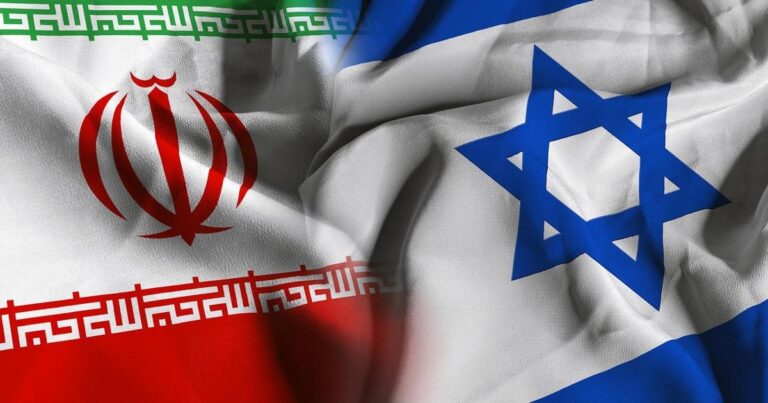
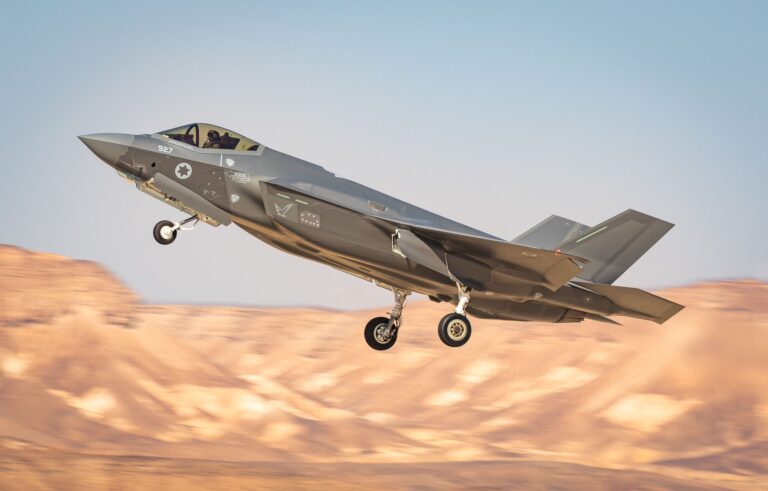
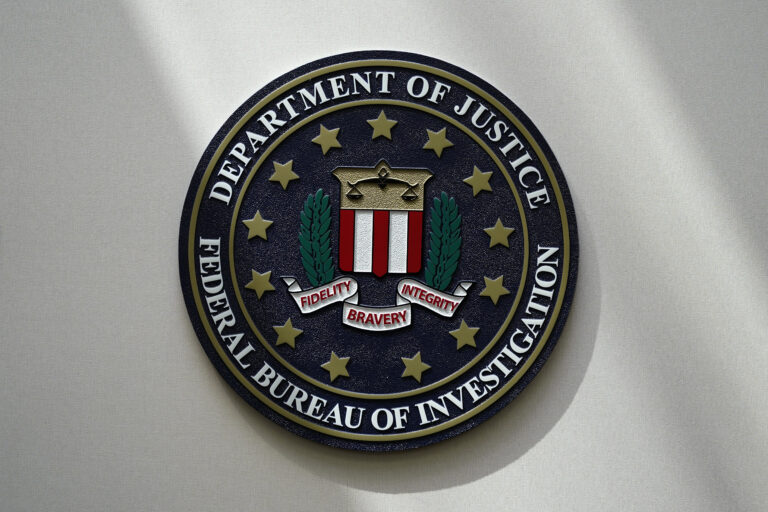
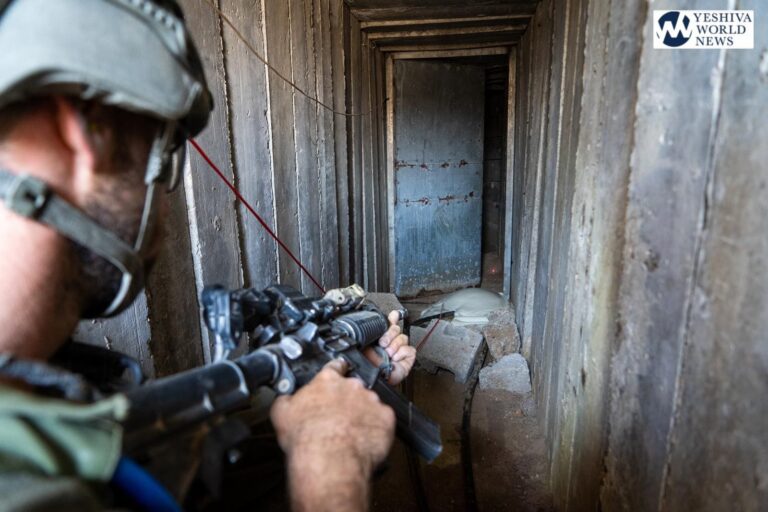
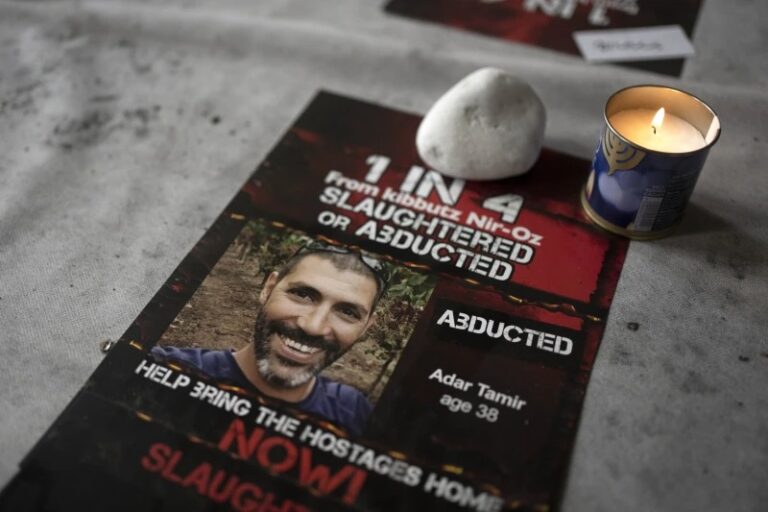
10 Responses
Ashreichem Yisroel. Olom Chessed Yiboneh!
One of the most trying moments that we should never have to face, is the time between the Petirah and the kevurah and having such an organization to take care of all the details in such an efficient manner is amazing.
Tizku Lemitzvos!!!
I have attended a Mes mitzve Levaye From a yid only known as : “BERL”… & it was Misaskim wich took care of evey single part wich such Mesiras nefesh it was raining very storg, but Misaskim thru signs they put up over whole boro park, trying to figure out any more informatain then can help them regarding Real name & ect.
(I attended with sevrel friends since he hung around our shul on 16 & 46 street)
Misskaskim, Truely a Chesed She’ll Emes !!
any information how we can contact them…i.e. sending tzedaka etc.?
Yanky Meyer a man who is full of boundless chesed and mitzvos is a hidden tzaddik in our times.
What happens when a man is sitting shiva an there is no minyan for him to daven and say kaddish in his house? Why isn’t there a central phone number (like Chaverim) that can beep or text yungerleit or Yeshiva Bocherim to gather at a home to fill the minyan? What is the phone number for MISASKIM? Nowhere in the article is it mentioned.
Contact info is stated in the next to last paragraph in the article. Here it is again:
“Misaskim. The organization you hope you’ll never need, yet are comforted to know they exist. They can be reached at 718.854.4548, (a 24 hotline,) and are located at 1554 63rd St. in Boro Park”.
How is Misaskim able to do everything for free? Where do they get enough money from?
It is a chiyuv or incumbent upon each and every family who r”l suffered a loss in the family and used their services to give them a sizeable donation. THis should be an insurance payment that we never need their services in the future.
may i use this public forum to say thank you to masaskim who helped out at the time of my fathers z’l shiva. although we were fortunate (?) enough to use only their gemach services, it was most appreciated. As someone living out of the country, they were an organization i was not familiar with and was amazed by their service. Words will never suffice. Thank you
#5- yeshivaleit don’t have any more free time on their hands than anyone else!